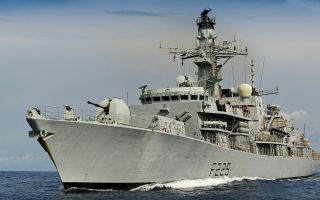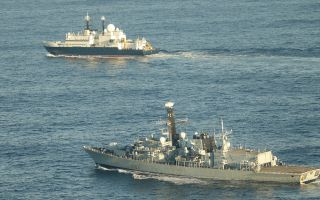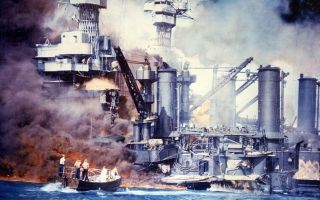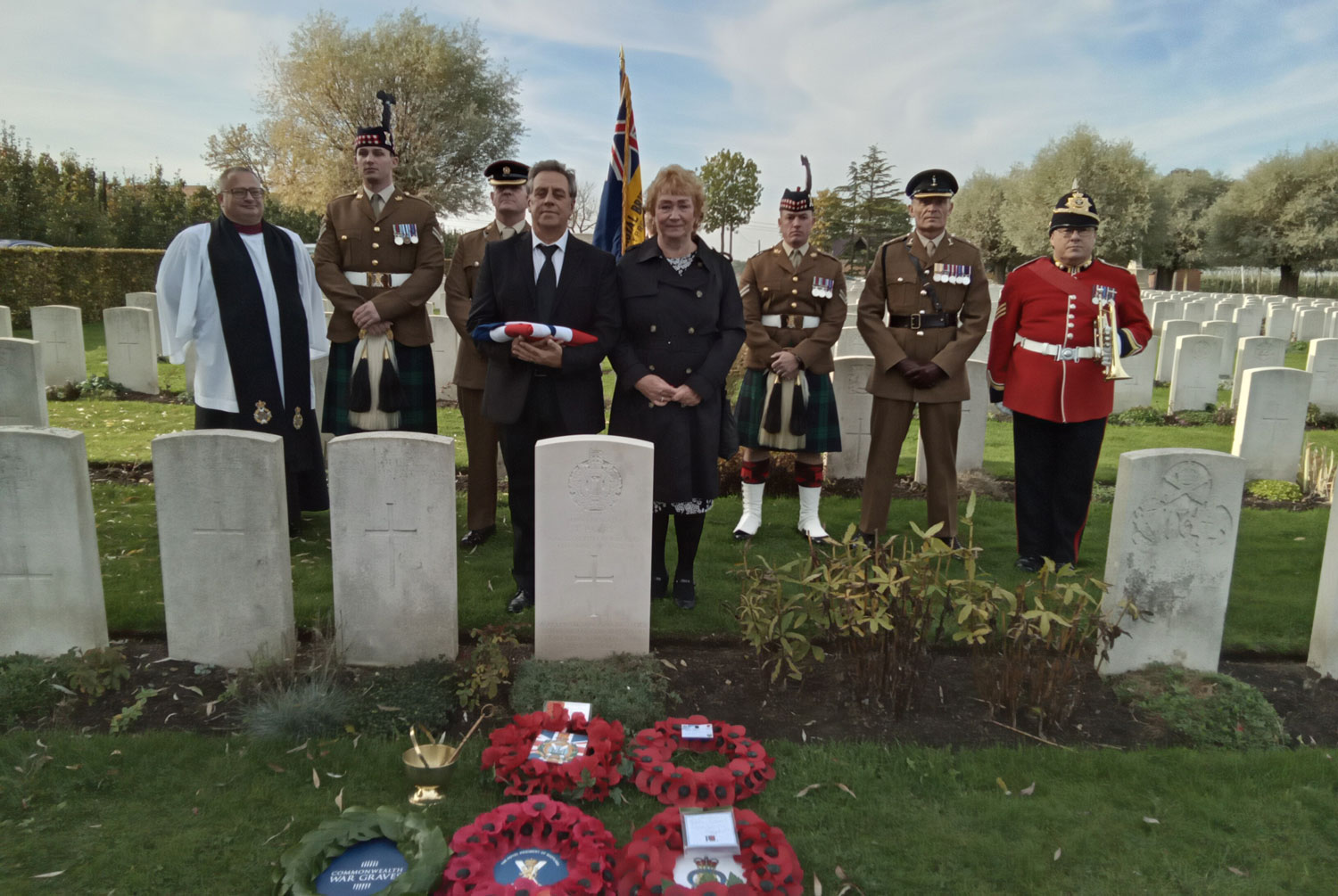
Ultimate sacrifice of six WW1 soldiers recognised in grave rededications

Six soldiers who had remained unidentified since they were killed during the First World War have been honoured in services of rededication at their graves around Ypres in Belgium.
Second Lieutenant Frank Wood, 19, Private Thomas Parry, 19, Private David Graham, 20, Second Lieutenant Herbert Martin, 22, Corporal Gilbert Willcocks, 24, and Corporal Herbert Pearce, 26, have all remained in unmarked graves since paying the ultimate sacrifice while serving King and country in World War One.
The moving rededication services were organised by the MOD's Joint Casualty and Compassionate Centre (JCCC), also known as the 'MOD War Detectives' – a team tasked with confirming the identities of unidentified soldiers' remains in order to give them a fitting memorial with full military honours.
The services were held at various Commonwealth War Graves Commission (CWGC) cemeteries in Belgium.
The CWGC honours and remembers 1.7 million Commonwealth servicemen and women who died during the First and Second World Wars by caring for their war graves in more than 150 countries and territories around the world.
Who were the men?
2Lt Frank Wood
The unidentified remains of 2Lt Wood at Vichte Military Cemetery, Belgium, were originally buried as "Unknown 2/Lt of Lancs Fus".
Wood, from Oldham in Lancashire, was the only Second Lieutenant from the Lancashire Fusiliers to have died in Belgium and not have a known grave.
The soldier's remains were originally recovered near Geluwe, in the West Flemish province of Belgium.
On the day he died, 30 September 1918, the 1st Battalion Lancashire Fusiliers' war diary confirms that 2Lt Wood was killed in fighting that took place close to where his body was recovered.
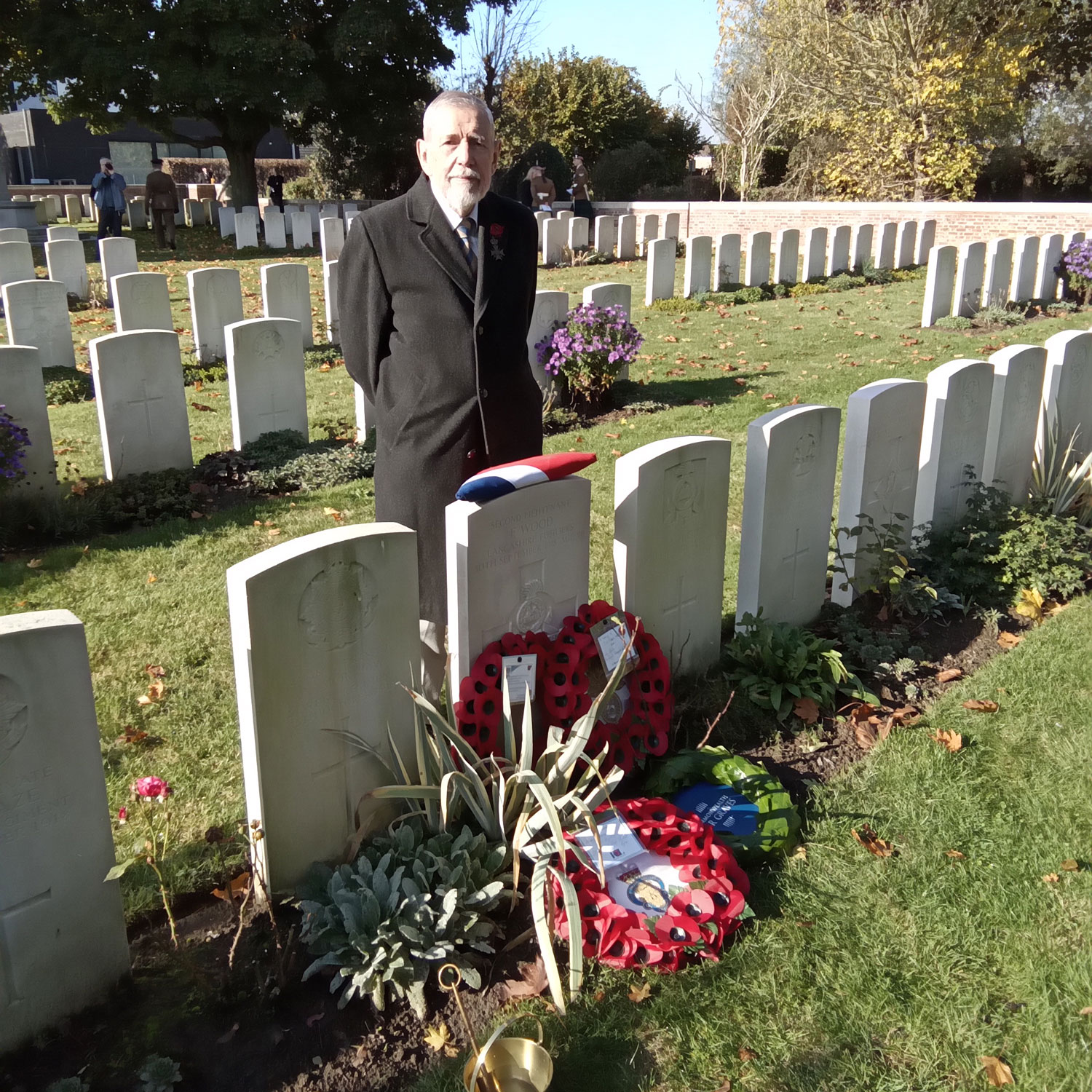
Cpl Herbert Pearce
The remains of Kent-born Cpl Pearce were originally recovered from a location northeast of Harelbeke and Stasegem and were buried as 'UK Brit Cpl – Worcester R'.
The war diary of the 4th Battalion Worcestershire Regiment places the men near the recovery location when Cpl Pearce was killed on 20 October 1918.

Pte David Graham
Pte Graham's unidentified body was buried in Vichte Military Cemetery, Belgium, on 24 October 1918 by burial officers of 9th and 31st Divisions.
The 8th Battalion, Black Watch Royal Highlanders war diary places Pte Graham from Angus in Scotland in the right area on 24 October 1918 and the divisional war diary records them as filling a gap in the line on that day.
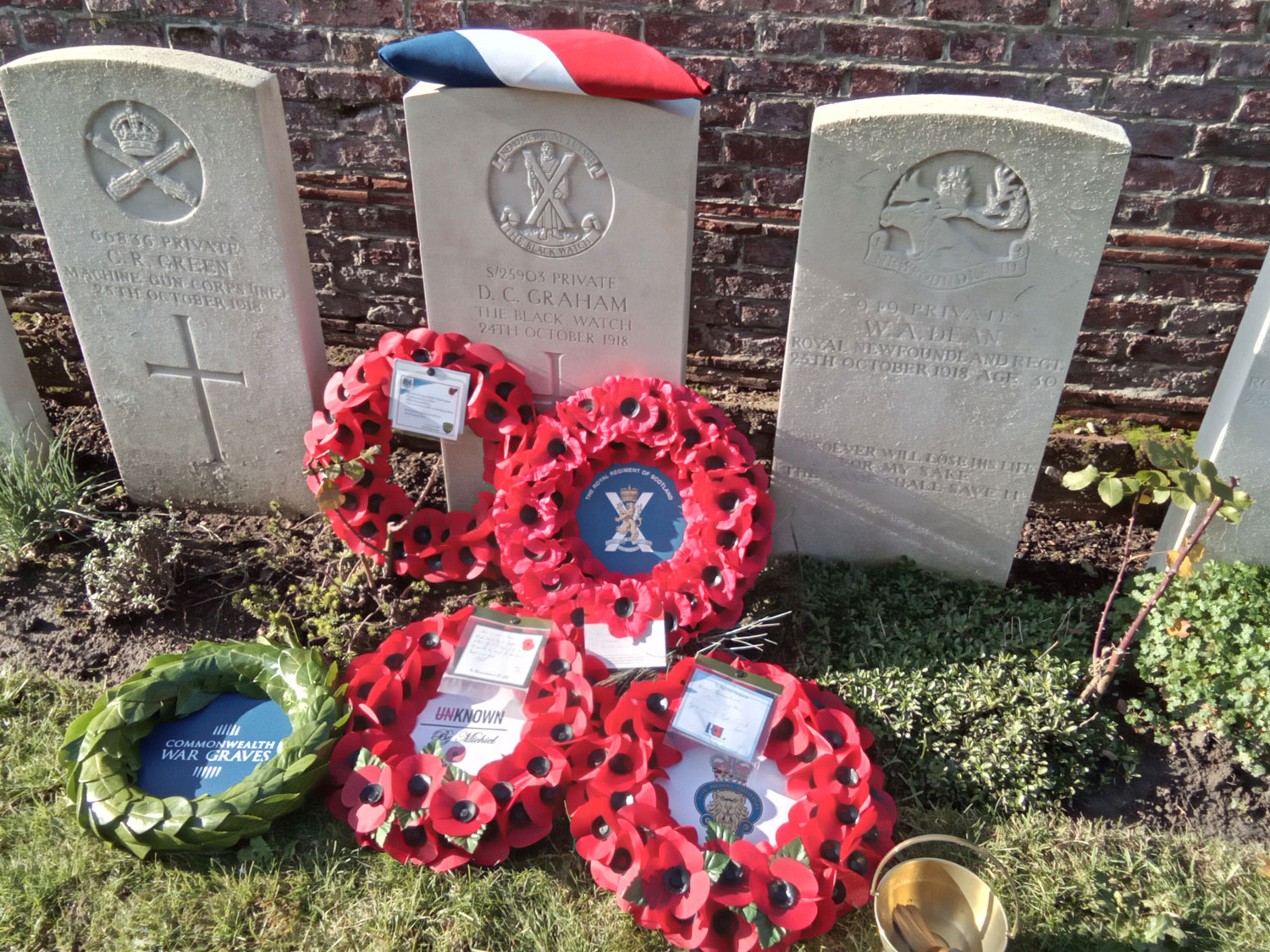
2Lt Herbert Martin
Peterborough-born 2Lt Herbert Martin was originally buried as 'UK 2/Lieut SR' in an area where Leperstraat Road cuts through the town of Menen in Belgium.
The soldier's remains were discovered in the same location as five other First World War casualties, three of whom were Scottish Rifles who also shared the same date of death – 14 October 1918.
Although serving with 16th Cameronians, 2Lt Herbert Martin was attached to 1st/8th battalion at the time of his death.
Their war diary confirms that they saw action in the recovery location on 14 October 1918. Unlike Wood, Parry, Graham, Willcocks and Pearce, 2Lt Martin's death is recorded by name.
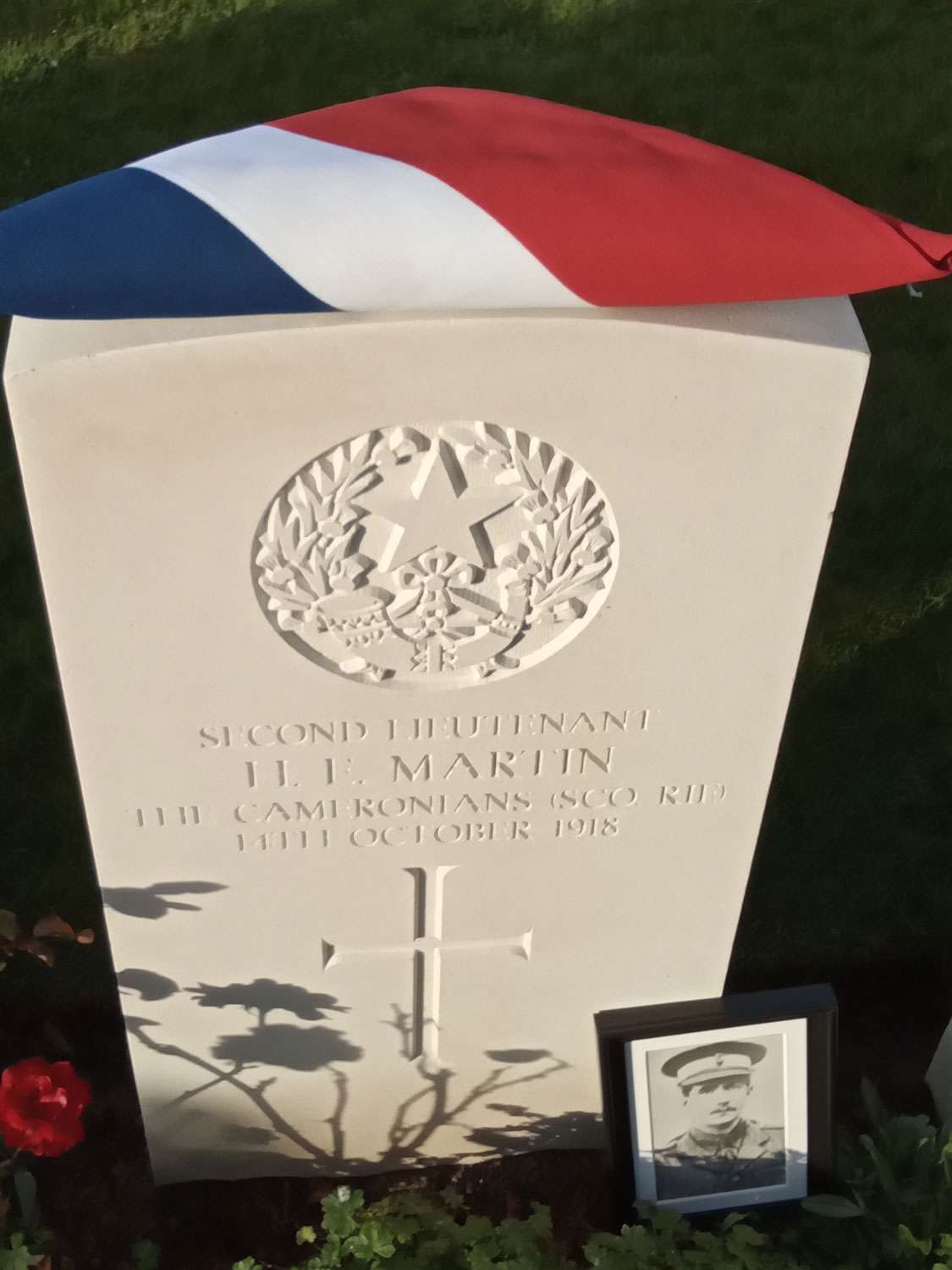
Pte Thomas Parry
Although 19-year-old Pte Parry served with the King's Own Scottish Borderers, he was a Lancashire man.
Pte Parry was originally buried as an "Unknown Soldier of the King's Own Scottish Borderers" north of the Ypres-Comines Canal.
The war diaries say that from the end of May until the middle of July 1915, work parties were sent out each night, tasked with joining up the firing line and trenches and building communication trenches – the soldiers came under constant bomb and trench mortar attacks.
The report of Pte Parry's death stated that "the men are burying him this afternoon in the grounds of a big house".

Cpl Gilbert 'Bert' Willcocks
Taunton man Cpl Willcocks was killed in action on 28 November 1915 when he was hit by a German shell while manning a canteen just behind the frontline.
The soldier's remains were originally recovered from a location southeast of Zillebeke in Belgium. The war diary makes mention of his wounding only a few yards from where his remains were later recovered.
Cpl Willcocks was so well respected by the men and officers of 105 Company, Royal Army Service Corps, that they raised enough money to have a brass plaque made in his memory.
However, the craftsman who was commissioned to make the plaque would not accept payment for it, so the money was given to Bert's widowed mother instead.
The plaque was unveiled in April 1916 in a packed church by the Lord Mayor of Cardiff and remained there until the building fell into disrepair and was closed.
The plaque ended up with a private collector in Europe until a local man, who attended the rededication service, bought it and donated it to the renovated Highfields Church where it hangs in memory of Bert's sacrifice.
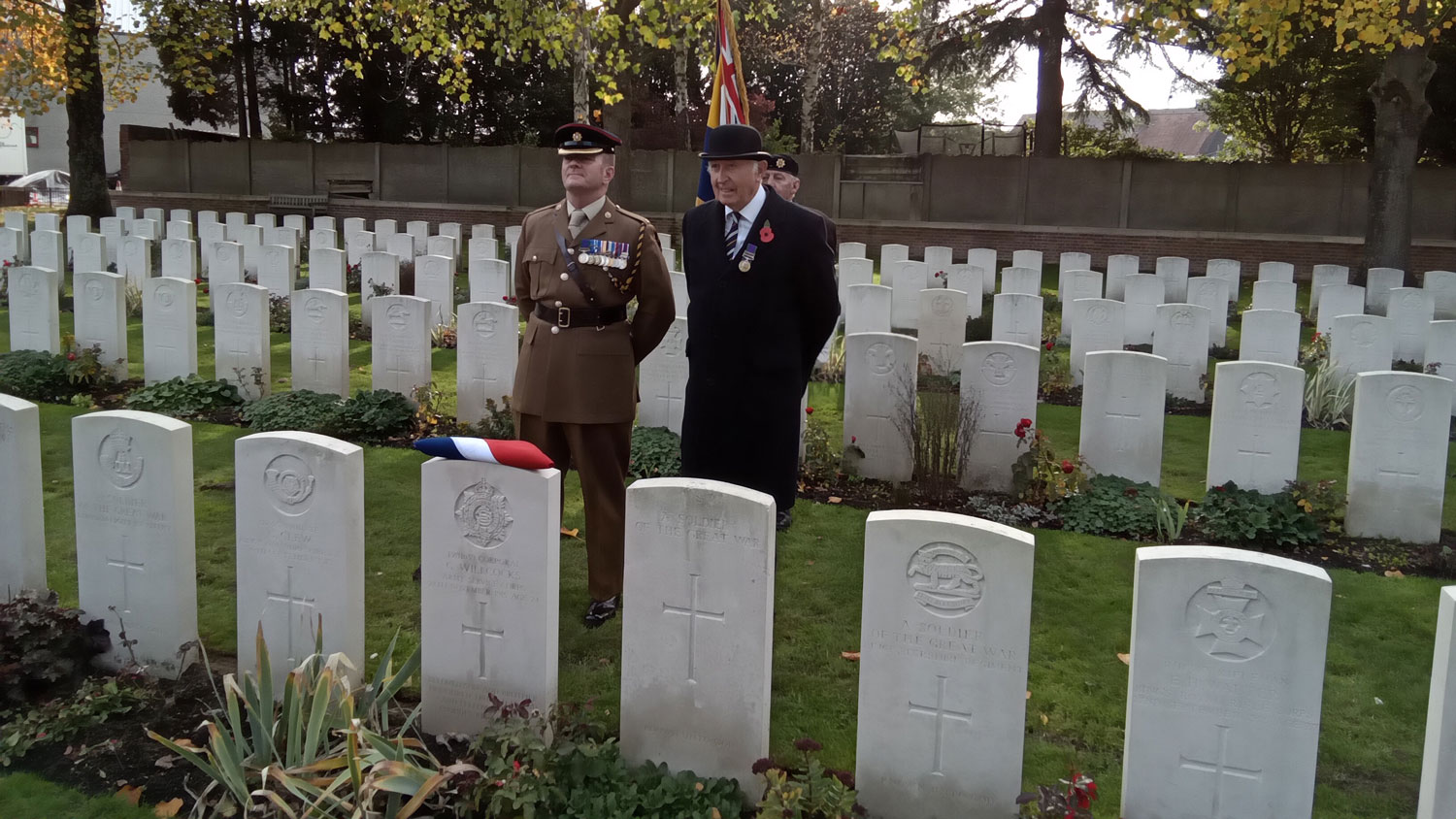
The rededication service
The Reverend Andy Nicolls conducted the services which were attended by representatives from the current-day equivalents of the dead soldiers' regiments – Royal Fusiliers, Mercian Regiment, Royal Logistics Corps and the Royal Regiment of Scotland.
Louise Dorr, a JCCC case worker, expressed her gratitude to the team of researchers whose work led to the men finally being laid to rest in graves with headstones bearing their names.
She said: "Thanks to their efforts we have been able to confirm their findings and return these soldiers' names to them.
"I'm so honoured to have been able to be here to rededicate their final resting places."
Although some of the soldiers' families live overseas or have been unable to attend, family members for 2Lt Wood and Pte Parry were able to attend.
Each of these soldiers has also been well represented by their military family.
The headstones over their graves will be replaced by the CWGC as part of the rededication.
Geert Bekaert, the Director for the Central and Southern European Area at the CWGC, said: "We are privileged to be able to honour these six brave men, who all paid the ultimate sacrifice fighting in the Great War.
"Thanks to the research and work of many, we are able to renew our commitment to care for these soldiers' graves, in perpetuity."


